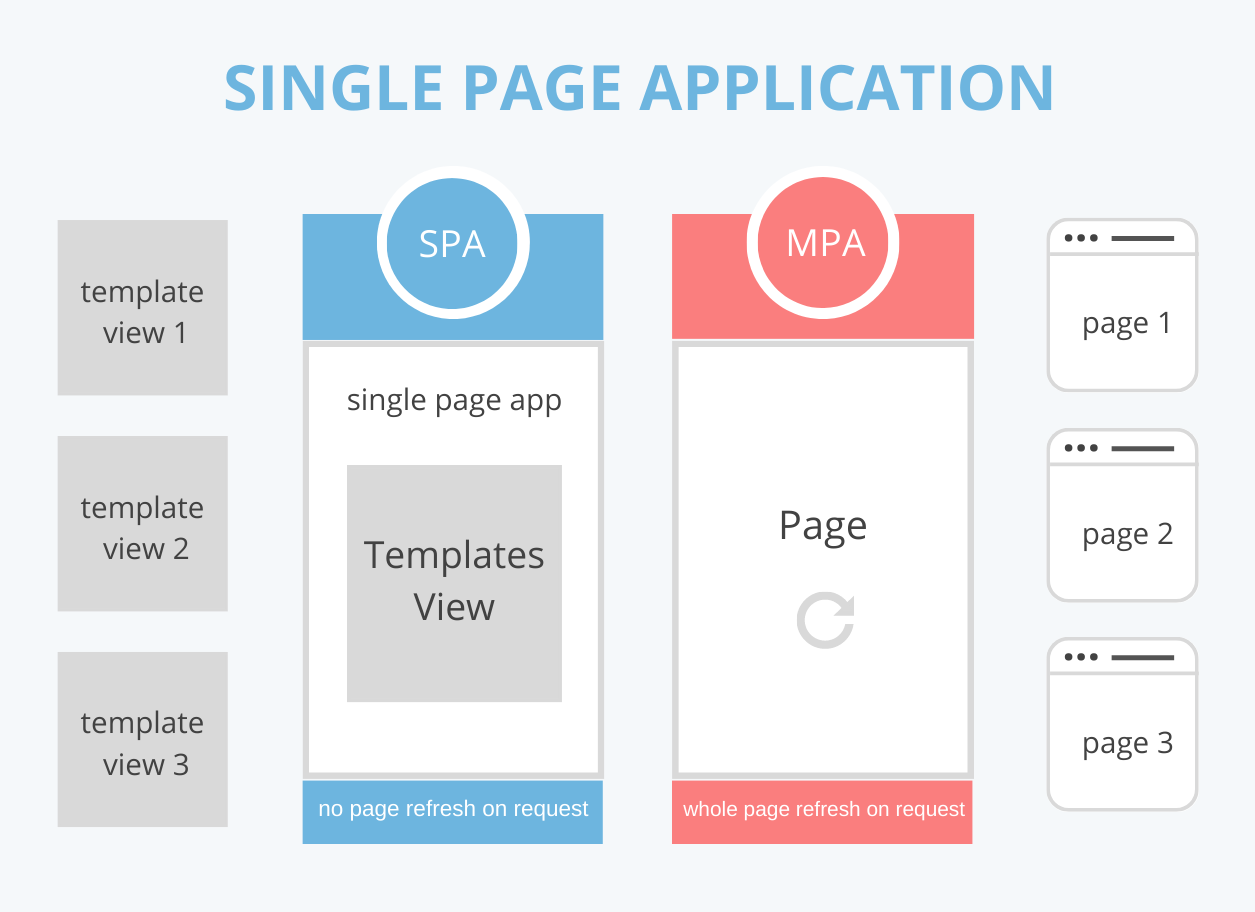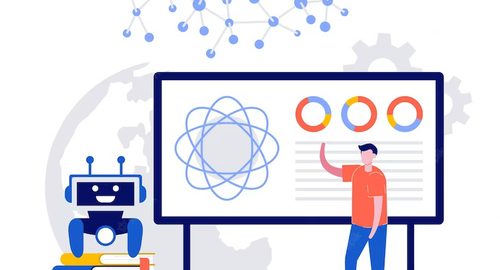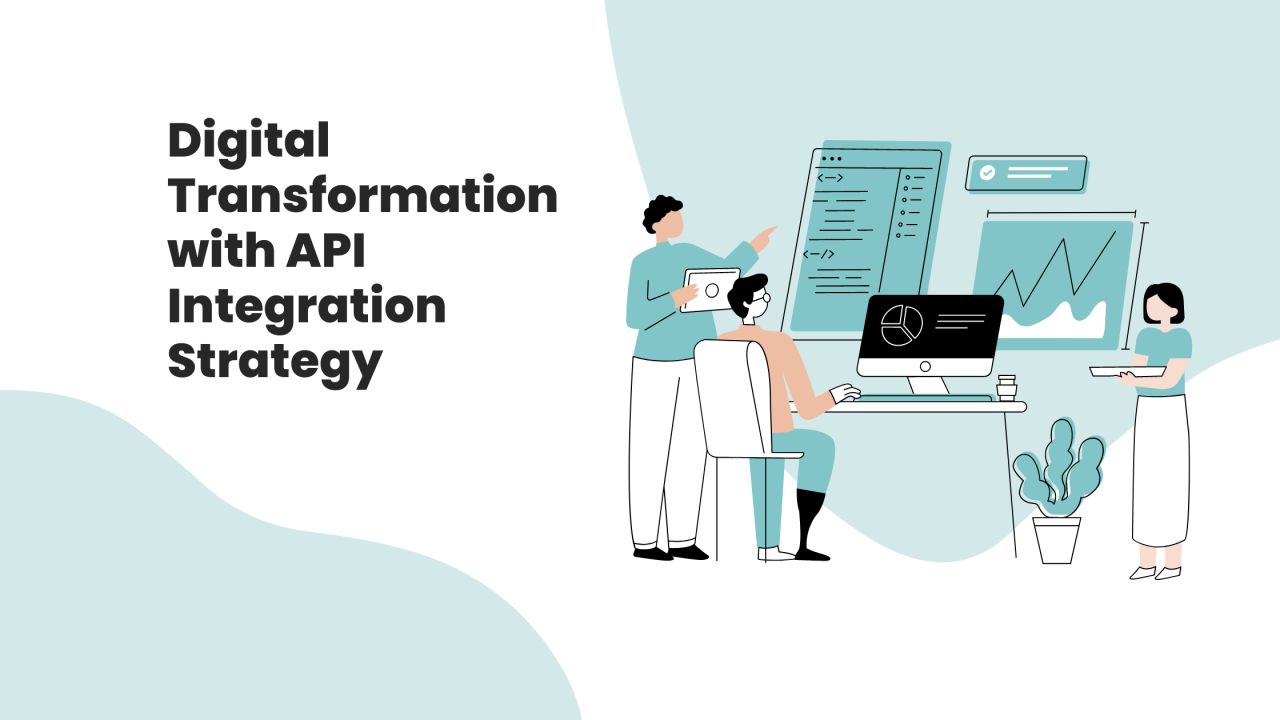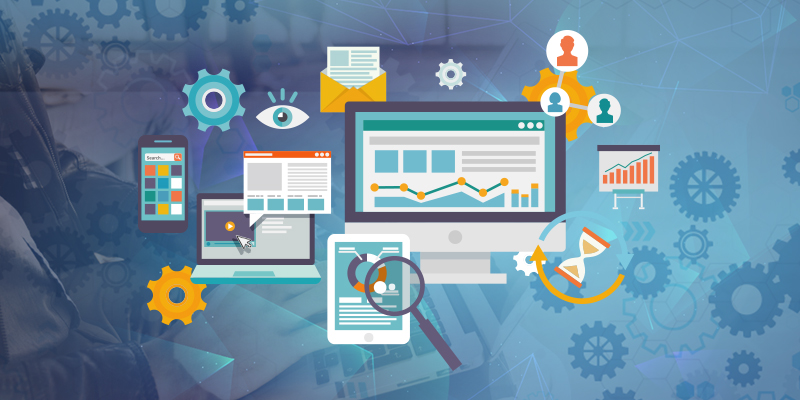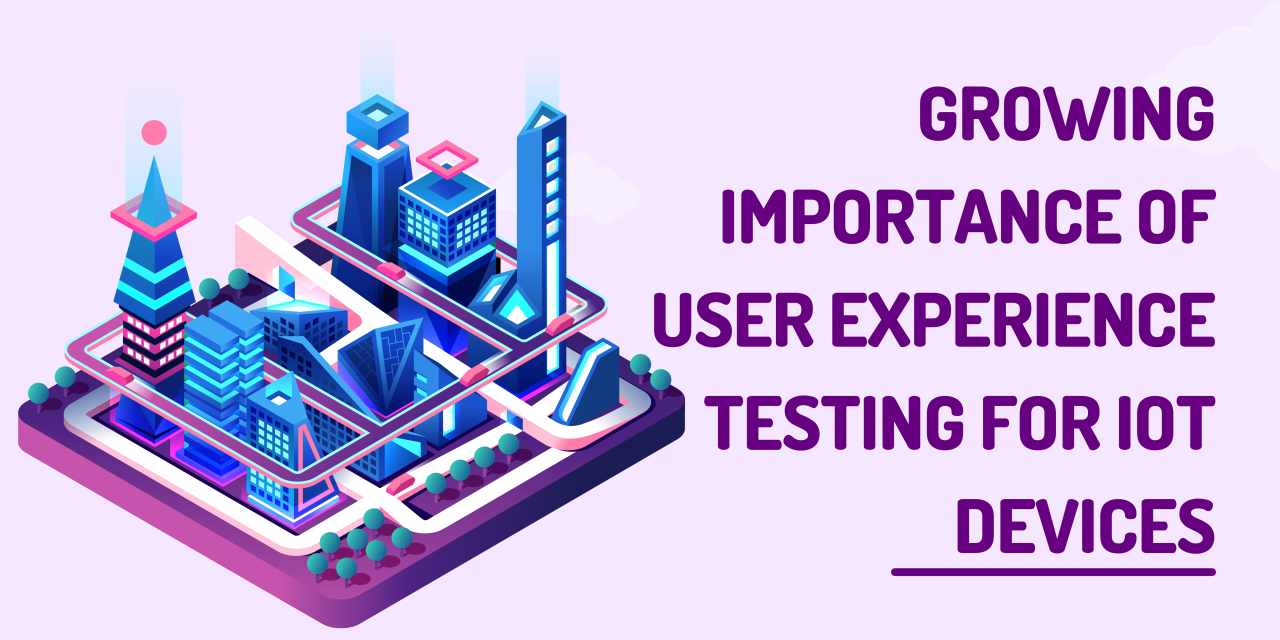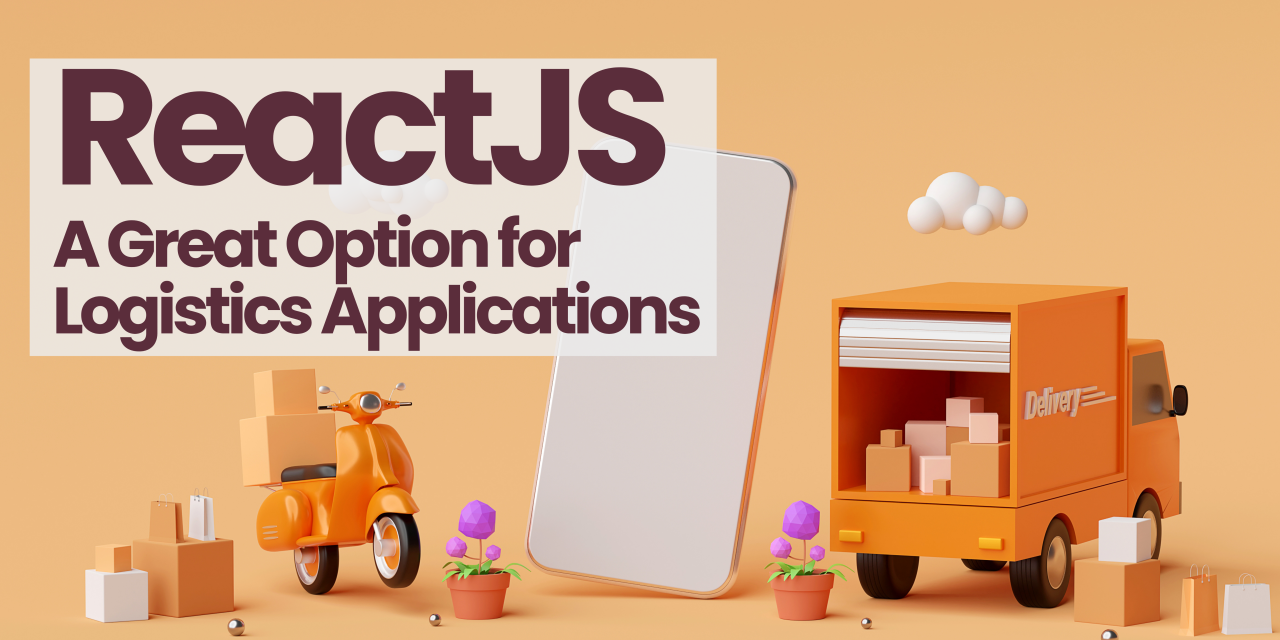With the vast digital landscape encompassing a staggering 4.4 million mobile apps across App Store and Google Play, catering to a colossal user base of 14 billion devices, the decision to embark on mobile app development is momentous. Among the pivotal choices, none looms larger than the selection between native and cross-platform mobile app development. In the realm of Mindfire Solutions, this choice sets the trajectory for delivering cost-efficient, time-sensitive, and feature-rich solutions.
Join us in unraveling the intricacies of this choice as we explore the nuances of native and cross-platform development, while shedding light on how Mindfire Solutions navigates this journey.
Native App Development: Focused Excellence
Defining native mobile app development is to craft apps exclusively tailored for a singular platform. These apps are created using platform-specific programming languages and tools, diving deep into the ecosystem of either iOS or Android.
When we mention a native platform, we refer to the dominant mobile OS platforms – Apple's iOS and Google's Android. Java, Kotlin, Swift, and Objective-C are the artisans’ tools, shaping the identity of native applications. This affinity to a single platform ensures peak performance and user experience. However, startups often ponder the implications of the higher development costs associated with concurrently pursuing both iOS and Android.
Mindfire Solutions is no stranger to the intricacies of native app development. Projects like HealthPal and BudgetBakers' Wallet testify to our proficiency in sculpting unparalleled user experiences.
Pros of Native Mobile App Development
- Extensive Functionality: Native apps gain unrestricted access to APIs and tools, enabling comprehensive integration with the platform.
- Strong App Store Presence: Native apps often fare better in app store rankings due to their superior performance and responsiveness.
- Scalability: The native environment empowers apps to scale efficiently, utilizing a range of resource management tools.
- Peak Performance and UX: Direct code-resource interaction translates into top-notch performance, offering a tailored user experience.
Cons of Native App Development
- High Costs: Building for both iOS and Android demands a dual-team approach, incurring substantial development expenses.
- Time Intensive: The platform-specific nature of development elongates the timeline as each platform warrants a separate development cycle.
Cross-Platform App Development: Time-Efficient Dexterity
Cross-platform development involves the creation of apps that traverse multiple platforms. This is facilitated by frameworks like React Native, Xamarin, and Flutter, enabling apps to function seamlessly across Android and iOS.
While cross-platform development streamlines time and cost aspects, there's a caveat – the quality quotient can suffer. These apps often require an extra abstraction layer, potentially hindering performance.
Mindfire Solutions wields almost a decade of experience in crafting cross-platform apps. Noteworthy projects include apps for global giants like GOAT and transformative platforms like Jacks Flight Club.
Pros of Cross-Platform Mobile App Development
- Cost-Effective: A single development team can cater to both platforms, reducing expenses.
- Accelerated Development: A solitary development cycle ensures apps quickly transcend both Android and iOS.
- Unified Code Base: One code base powers an app's presence on both platforms.
Cons of Cross-Platform App Development
- Compromised Speed: The additional abstraction layer and rendering processes can render cross-platform apps slower than their native counterparts.
- Limited Functionality: Accessing certain device functionalities, like the microphone and geolocation, can be restricted compared to native apps.
- Unified UX: Cross-platform apps may struggle to replicate the native UX components of each platform.
Choosing Between Native and Cross-Platform Development
Making the ultimate choice demands a thorough understanding of the project's nuances and goals. Here are some factors to consider:
- App Complexity: Complex apps requiring extensive device access may be better suited for native development.
- Budget: Native development is costlier but offers high performance. Cross-platform development saves costs by utilizing a unified team and code base.
- Timeline: Cross-platform development accelerates launch as a single cycle caters to both platforms.
- UX Design: Native development excels in delivering tailored UX, while cross-platform apps might necessitate compromises.
Native or Cross-Platform App? Mindfire's Counsel
- Choose Native for: Rich device access, superior performance, native UX components, and scope for future enhancements.
- Choose Cross-Platform for: A quicker MVP launch, simpler apps with limited device interaction, and budget constraints.
In the realm of mobile app development, every choice has an enduring impact. Whether steering towards the finely tuned excellence of native apps or the time-conscious versatility of cross-platform apps, Mindfire Solutions stands ready to sculpt solutions that resonate with client objectives and user expectations. Contact us for guidance in your mobile app journey.
